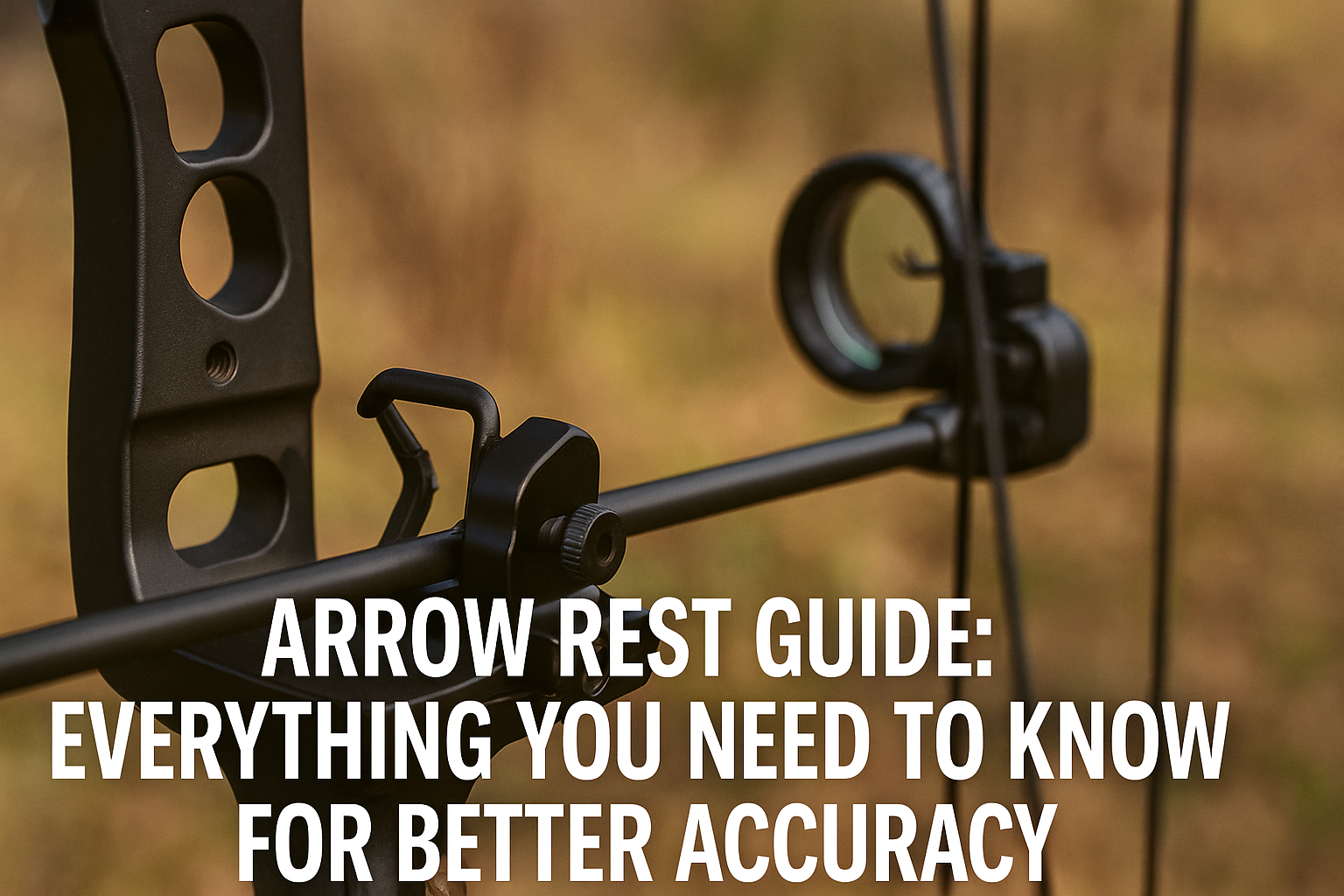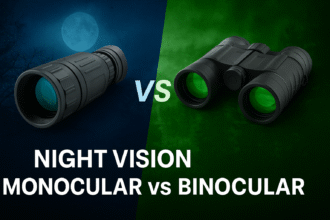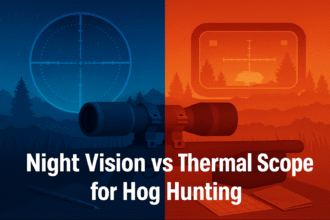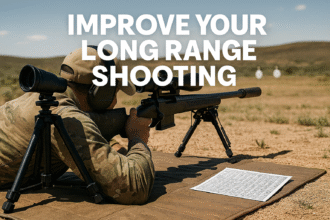Arrow Rest Guide: Everything You Need to Know for Better Accuracy

When it comes to archery, every detail matters draw length, bow weight, arrow choice, and even accessories like stabilizers and sights. But one component that often doesn’t get the attention it deserves is the arrow rest.
A proper arrow rest can make a significant difference in accuracy, consistency, and overall shooting experience. Without it, your arrow may not launch smoothly, causing poor flight patterns and missed shots. This arrow rest guide will break down everything you need to know: types of arrow rests, how they work, how to choose the right one, and tips for setup and maintenance.
Whether you’re a beginner, target shooter, or bowhunter, this guide will help you understand the importance of arrow rests and how to select the best one for your needs.
Table of Contents
- What Is an Arrow Rest?
- Why an Arrow Rest Matters
- Types of Arrow Rests
- Choosing the Right Arrow Rest
- How to Install and Tune an Arrow Rest
- Arrow Rest Guide for Bowhunters
- Arrow Rest Guide for Target Archery
- Maintenance Tips for Arrow Rests
- Common Mistakes Archers Make With Arrow Rests
- Accessories That Work With Arrow Rests
- Benefits of the Right Arrow Rest
- SEO-Friendly Key Takeaways
- Conclusion
What Is an Arrow Rest?
An arrow rest is a device attached to the riser of a bow that supports the arrow until it’s released. It ensures the arrow is aligned correctly and guides it smoothly during the shot. Without an arrow rest, the arrow would wobble or fall off the bow, drastically reducing accuracy.
In modern archery, arrow rests are designed for different shooting styles, whether you’re practicing target archery, 3D archery, or bowhunting. Choosing the right rest depends on your bow type, shooting style, and personal preference.
Why an Arrow Rest Matters
- Consistency: A rest keeps the arrow in place, ensuring repeatable shots.
- Accuracy: It reduces wobbling and provides a smooth release.
- Efficiency: Proper alignment increases arrow speed and stability.
- Versatility: Different rests are designed for hunting, competitive shooting, or casual practice.
Types of Arrow Rests
Arrow rests come in various designs, each with unique advantages and disadvantages. Let’s explore the main categories.
1. Shelf Rest (Traditional Bows)
- Found on longbows and traditional recurves.
- The arrow sits directly on the bow shelf, often padded with leather or felt.
- Best for: Traditional archers who prefer simplicity.
- Pros: Simple, lightweight, no moving parts.
- Cons: Less forgiving, reduced accuracy compared to modern rests.
2. Shoot-Through Rests
- Commonly used in older bows or entry-level setups.
- Made of plastic or metal prongs that the arrow “shoots through.”
- Best for: Beginners or budget setups.
- Pros: Affordable, easy to install.
- Cons: Not very durable, less accurate for advanced shooters.
3. Whisker Biscuit
- A circular housing filled with bristles that hold the arrow securely.
- One of the most popular rests for bowhunting.
- Best for: Hunters needing simplicity and reliability.
- Pros: Keeps arrow in place, works in all weather, beginner-friendly.
- Cons: Slightly reduces arrow speed and can cause vane wear.
4. Drop-Away Arrow Rests
- Mechanically drops away when the arrow is released, minimizing contact.
- Available in cable-driven or limb-driven designs.
- Best for: Hunters and competitive shooters seeking accuracy.
- Pros: High accuracy, minimal arrow contact, versatile.
- Cons: More expensive, requires proper tuning.
5. Capture Rests
- Hold the arrow securely with minimal movement.
- Often a hybrid between Whisker Biscuit and shoot-through rests.
- Best for: Beginners and hunters who want arrow security.
- Pros: Keeps arrow steady, good for hunting situations.
- Cons: Some contact with arrow vanes, not ideal for competition.
6. Blade Rests (Target Archery)
- A thin metal blade supports the arrow until release.
- Popular in target archery and competition shooting.
- Best for: Experienced target shooters.
- Pros: Very accurate, minimal arrow contact.
- Cons: Fragile, not suitable for hunting.
Choosing the Right Arrow Rest
1. Based on Shooting Style
- Bowhunting: Whisker Biscuit or drop-away rests.
- Target Archery: Blade rests or drop-away rests.
- Traditional Archery: Shelf rests.
2. Based on Experience Level
- Beginners: Capture rests or Whisker Biscuits for ease of use.
- Intermediate: Drop-away rests for more accuracy.
- Advanced: Blade rests for competition precision.
3. Based on Budget
- Entry-level arrow rests start around $15–30.
- Mid-range drop-away rests: $60–120.
- High-end competition rests: $150–250+.
How to Install and Tune an Arrow Rest
- Mounting: Attach the rest to the riser using the bolt or mounting bracket.
- Center Shot Alignment: Adjust the rest so the arrow lines up with the center of the bowstring.
- Vertical Adjustment: Ensure the arrow is level with the nocking point.
- Paper Tuning: Shoot through paper to check for clean arrow flight.
- Micro-Adjustments: Fine-tune left/right and up/down until you achieve consistent arrow flight.
Arrow Rest Guide for Bowhunters
For hunting, arrow rests must handle real-world challenges: movement, weather, and uneven terrain.
- Whisker Biscuit: Great for hunting in windy or rough conditions. Keeps arrow in place.
- Drop-Away Rests: Best for hunters seeking speed and accuracy. Recommended for compound bow hunters.
- Capture Rests: Good choice for beginners who want simple arrow control.
Tip: If you’re stalking or waiting in a treestand, a rest that holds your arrow securely (like a Whisker Biscuit) is invaluable.
Arrow Rest Guide for Target Archery
Target archers prioritize accuracy and repeatability.
- Blade Rests: Ideal for competitive archery.
- Drop-Away Rests: Excellent for reducing arrow contact.
- Shoot-Through Rests: Not as common today but still used in casual shooting.
Tip: If you’re shooting long distances, prioritize rests with minimal arrow contact for consistent flight.
Maintenance Tips for Arrow Rests
- Inspect regularly: Check screws, springs, and moving parts.
- Replace bristles/blades: Over time, whisker biscuits and blades wear out.
- Keep clean: Dirt or debris can affect performance.
- Lubricate moving rests: Keep drop-away mechanisms smooth.
- Check tuning: Regularly re-check arrow alignment.
Common Mistakes Archers Make With Arrow Rests
- Choosing the wrong rest for their bow type.
- Not aligning the rest properly with the bowstring.
- Ignoring vane clearance (arrows hitting rest components).
- Using cheap, poorly built rests that affect accuracy.
- Forgetting to re-tune after changing arrows.
Accessories That Work With Arrow Rests
- Nocking Points/D-Loops: Ensure consistent arrow placement.
- Arrow Vanes/Feathers: Match vane size with rest type for clearance.
- Stabilizers: Reduce vibration for smoother arrow release.
- Release Aids: Work well with drop-away rests for precision shooting.
Benefits of the Right Arrow Rest
- Better Accuracy: More consistent arrow flight.
- Increased Confidence: Knowing your rest supports every shot.
- Adaptability: Different rests for hunting, target, and 3D archery.
- Durability: Quality rests withstand long-term use.
SEO-Friendly Key Takeaways
- An arrow rest supports and guides the arrow for accurate shots.
- Types include shelf rests, shoot-through rests, whisker biscuits, drop-away rests, capture rests, and blade rests.
- Hunters often prefer Whisker Biscuits or drop-away rests.
- Target archers lean toward blade rests for precision.
- Proper installation and tuning are key for maximum performance.
Conclusion
The arrow rest may seem like a small component of your bow setup, but its impact is massive. Choosing the right arrow rest ensures smoother arrow flight, improved accuracy, and greater consistency.
From the simplicity of a traditional shelf rest to the high-tech precision of drop-away systems, every archer has unique needs. Bowhunters value secure holds and rugged durability, while target shooters prioritize fine-tuned accuracy.
By following this arrow rest guide, you’ll be equipped with the knowledge to select the perfect rest for your bow, tune it correctly, and maintain it for long-term performance. Remember: in archery, small details often make the biggest difference and your arrow rest is one of those crucial details.







